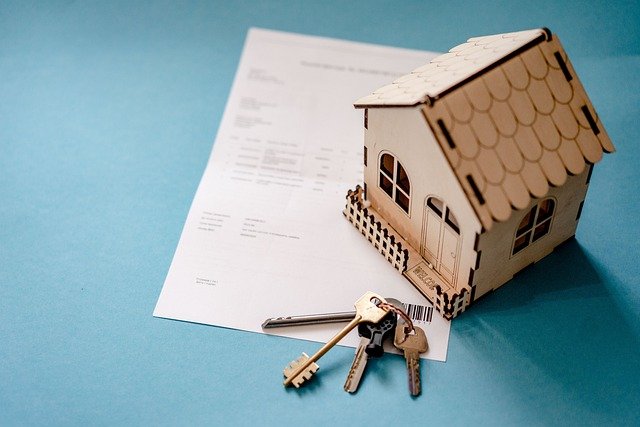Understanding the Shift Towards Multigenerational Homes
As the world evolves, the real estate market adapts to accommodate new societal trends. One such emerging trend is the rise of multigenerational homes. This unique housing option is reshaping the property landscape, creating fresh investment opportunities, and altering the way we perceive family living. This article aims to explore the concept of multigenerational homes, consider its implications for buyers and sellers, and analyze its prospective impact on the real estate market.

The Emergence of Multigenerational Homes
Multigenerational homes, where two or more adult generations live under one roof, are not a new concept. Historically, it was common for many generations of a family to cohabit. However, in recent decades, this trend faded in favor of nuclear family living. The shift back towards multigenerational homes has been gradual, influenced by economic factors, cultural shifts, and demographic trends. The increasing cost of living, combined with an aging population, has made sharing living spaces an attractive option for many families.
Advantages and Challenges of Multigenerational Homes
The advantages of multigenerational homes are numerous. Economically, it allows families to pool resources, reducing individual housing costs and enabling shared expenses. Socially, it can foster stronger familial relationships, provide childcare solutions, and offer companionship for older adults. However, these benefits come with challenges. Privacy can be a concern in shared living spaces, and managing household responsibilities can become complex. It’s essential for potential buyers to take these factors into consideration when investing in a multigenerational property.
Impact on the Real Estate Market
The demand for multigenerational homes is affecting the real estate market in several ways. Property developers are adapting to this trend by designing homes that cater to the needs of multigenerational families. These homes often feature multiple master suites, private bathrooms, and separate living areas to ensure privacy and comfort for all residents. This shift is creating new opportunities for savvy investors, who can benefit from the growing demand for these unique properties.
Future Outlook and Market Predictions
The trend towards multigenerational homes is expected to continue. As the baby boomer generation ages, the need for accessible and affordable housing options will increase. Furthermore, the economic uncertainty caused by the pandemic may make shared living arrangements more appealing. For sellers, this means there will likely be a sustained demand for properties that cater to multigenerational living. For buyers, it presents a unique opportunity to invest in a property that will hold its value in an evolving market.
Key Takeaways
The rise of multigenerational homes is a significant trend within the real estate market, creating new opportunities and challenges for buyers, sellers, and investors. Understanding this trend and its implications can help market participants make informed decisions. As with any investment, careful consideration and thorough research are crucial to success.
In conclusion, the real estate market is continually adapting to societal changes. The emergence of multigenerational homes is just one example of this, highlighting the importance of staying informed about evolving trends. By doing so, one can make the most of the opportunities that the ever-changing real estate landscape has to offer.




